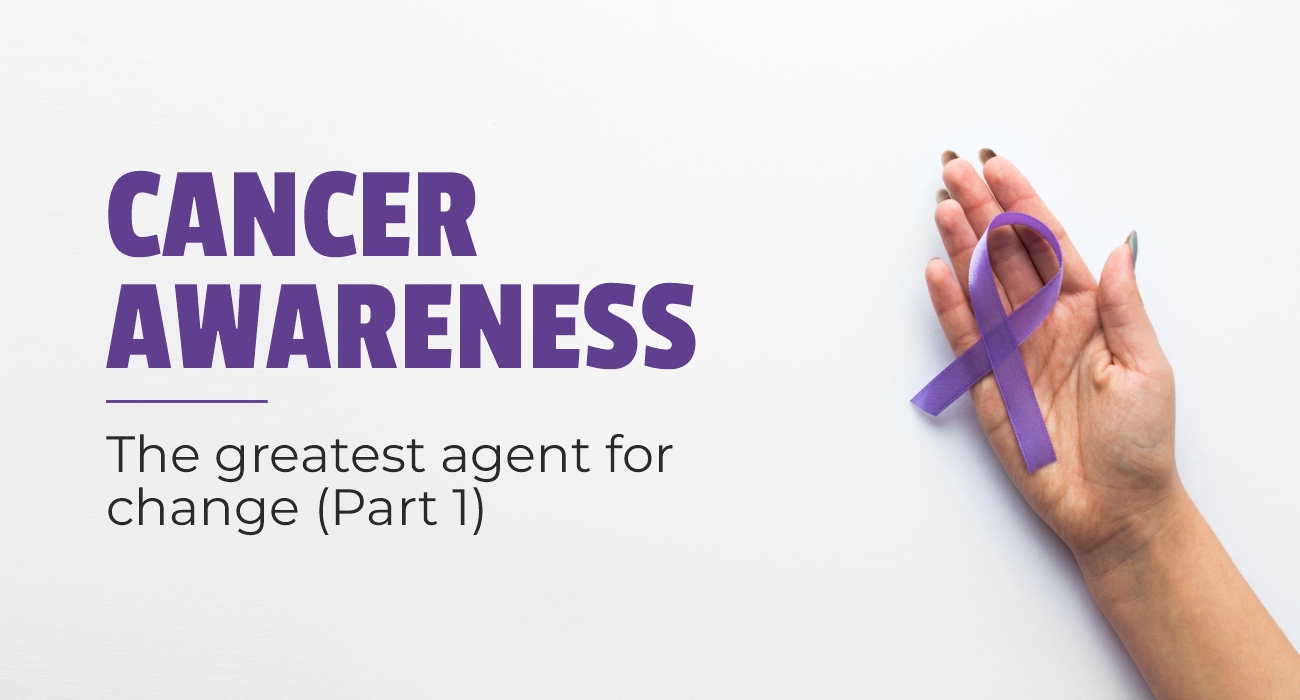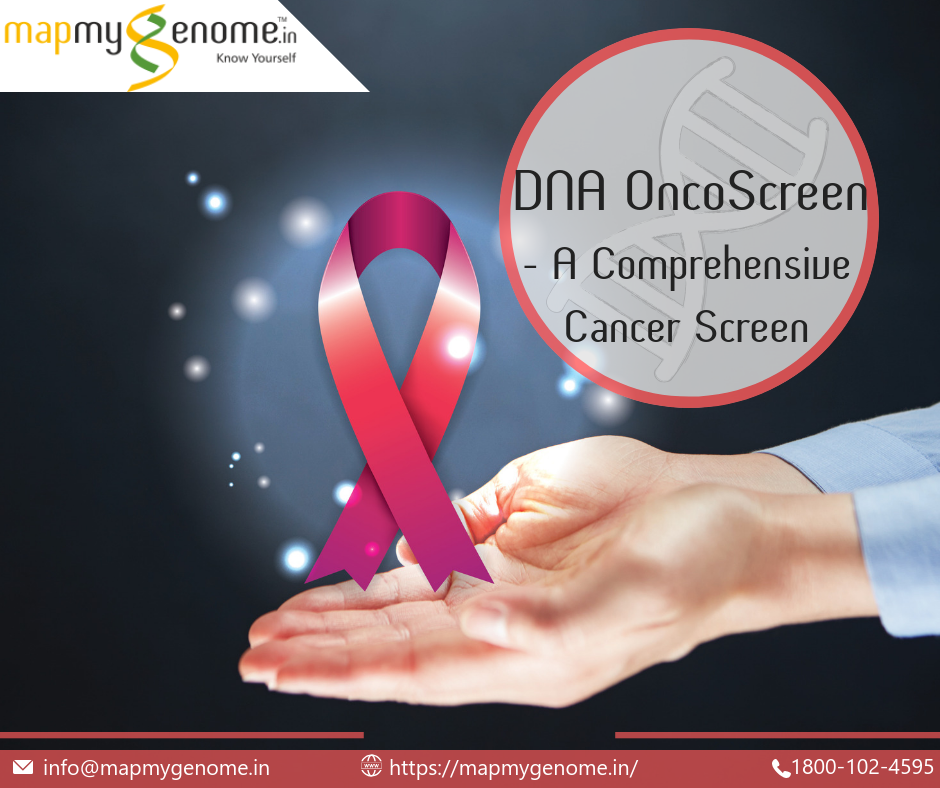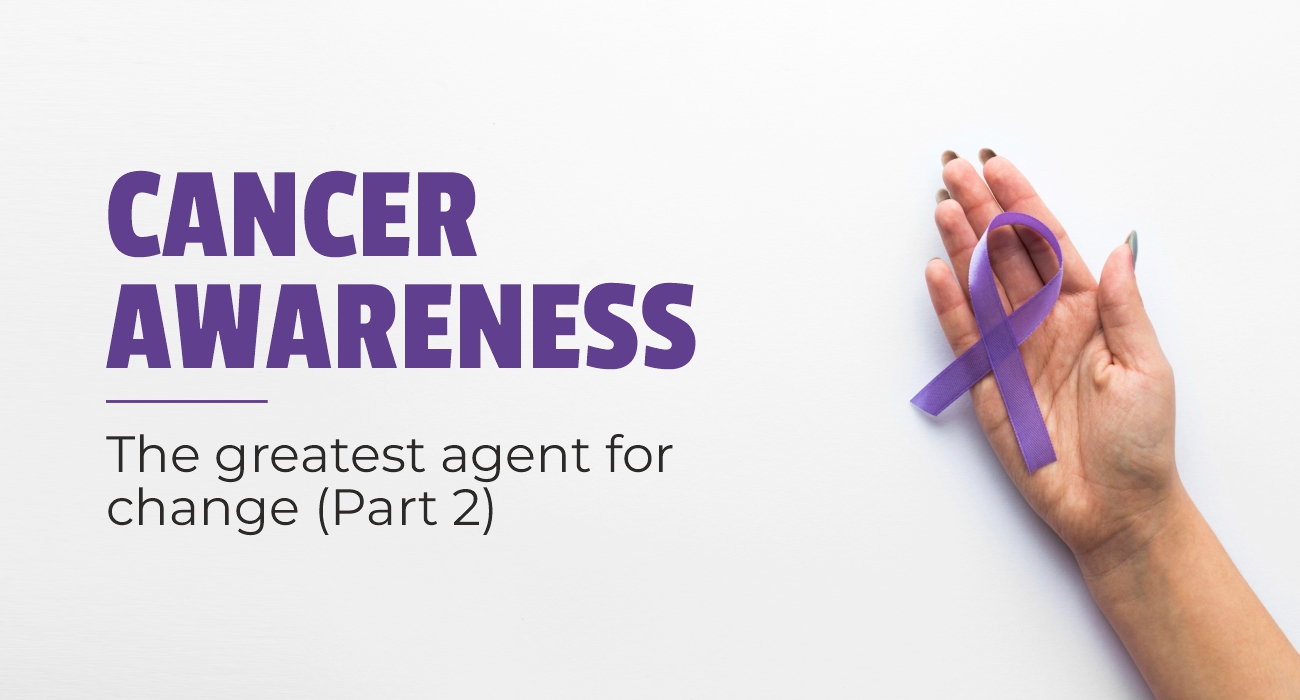
Let’s start from where we left off. Here’s part two of different cancers explained
To read part one click here
Head & Neck cancers
Head and neck cancer refers to a group of cancers that develop in the head and neck region, including the mouth, throat, larynx, nose, and sinuses. The most common type of head and neck cancer is squamous cell carcinoma. Risk factors include smoking, alcohol consumption, exposure to certain chemicals, and human papillomavirus (HPV) infection. Symptoms can include a persistent sore throat, difficulty swallowing, and a persistent earache. Head and neck cancer is typically diagnosed through a combination of physical exams, imaging tests, and biopsy.

Esophageal cancer
Esophageal cancer is a type of cancer that affects the esophagus, the muscular tube that carries food and liquids from the mouth to the stomach. There are two main types of esophageal cancer: squamous cell carcinoma and adenocarcinoma. Risk factors include smoking, alcohol consumption, obesity, and Barrett's esophagus (a condition in which the cells in the lower part of the esophagus change and become abnormal). Symptoms can include difficulty swallowing, weight loss, and chest pain. Esophageal cancer is typically diagnosed through a combination of imaging tests, biopsy, and endoscopy.
Stomach cancer
Stomach cancer, also known as gastric cancer, is the third leading cause of cancer deaths worldwide. Risk factors include a family history of the disease, chronic inflammation of the stomach, and certain diets high in salted, smoked, or pickled foods. Symptoms can include abdominal pain, nausea and vomiting, and weight loss. Stomach cancer is typically diagnosed through a combination of imaging tests, biopsy, and endoscopy.
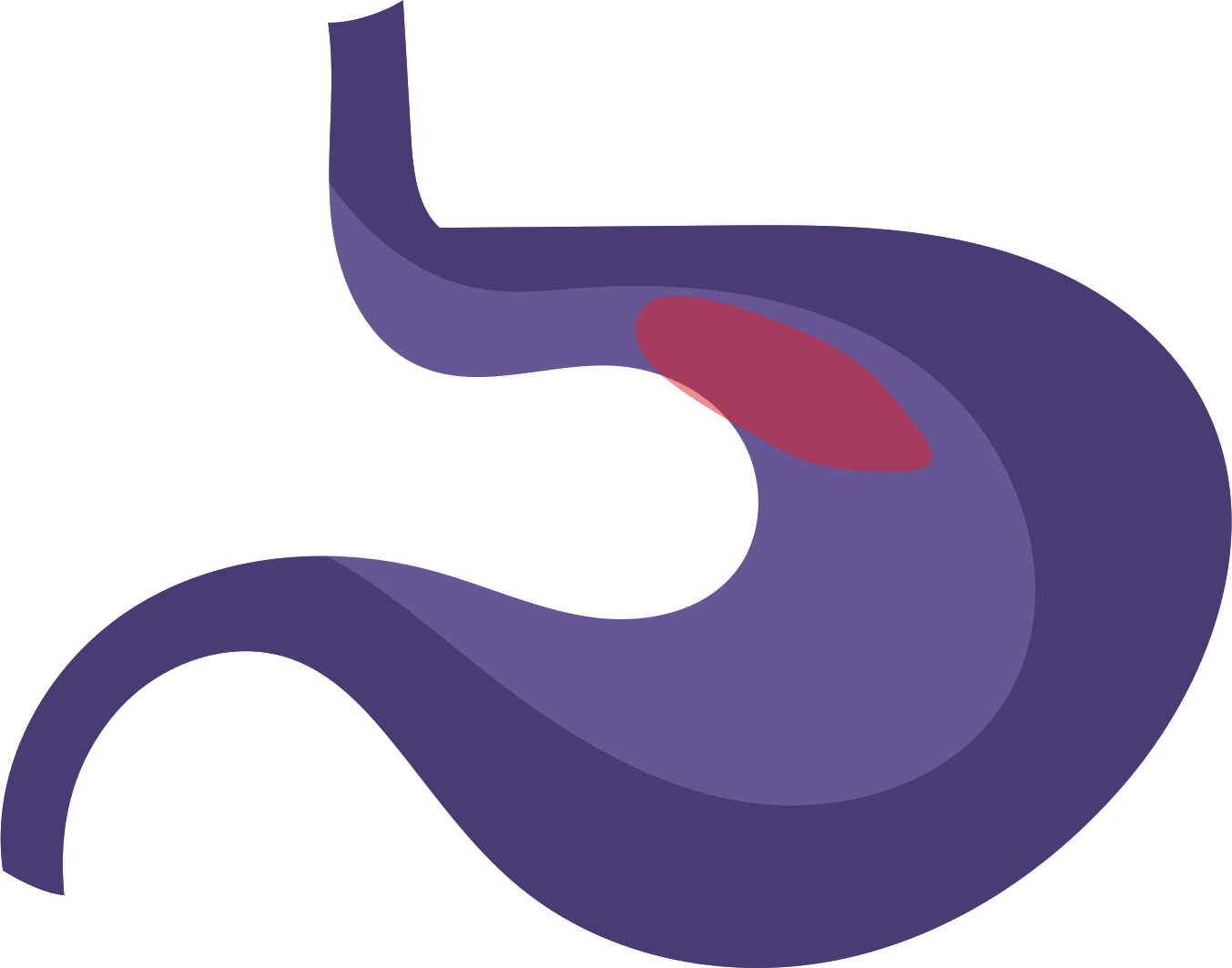
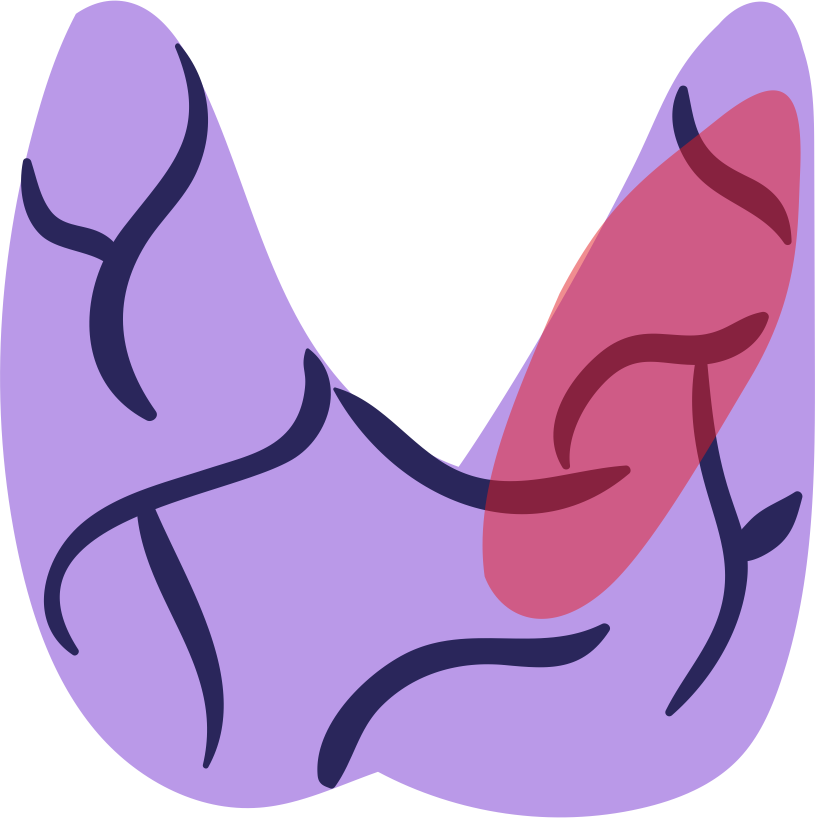
Thyroid cancer
Thyroid cancer is a type of cancer that affects the thyroid gland, a butterfly-shaped gland in the neck that produces hormones that regulate the body's metabolism. There are several types of thyroid cancer, including papillary, follicular, medullary, and anaplastic thyroid cancer. Risk factors include exposure to radiation, a family history of the disease, and certain genetic syndromes. Symptoms can include a lump or swelling in the neck, difficulty swallowing, and hoarseness. Thyroid cancer is typically diagnosed through a combination of physical exams, imaging tests, biopsy, and blood tests.
Liver cancer
There are two main types of liver cancer: hepatocellular carcinoma and cholangiocarcinoma. Risk factors include cirrhosis (scarring of the liver), hepatitis B or C infection, and exposure to certain chemicals. Symptoms can include abdominal pain, weight loss, and yellowing of the skin and eyes. Liver cancer is typically diagnosed through a combination of imaging tests, biopsy, and blood tests.


Melanoma
Melanoma is a type of skin cancer that begins in the cells that produce pigment, called melanocytes. It is the most dangerous form of skin cancer and can spread quickly to other parts of the body. Risk factors include exposure to UV radiation from the sun or tanning beds, fair skin, family history, and a large number of moles. Symptoms can include a new or changing mole, especially one with an irregular shape, uneven color, and multiple colors. Melanoma is typically diagnosed through a physical exam and biopsy.
Treatment options
Treatment options generally include surgery, radiation therapy, chemotherapy, and hormone therapy. The choice of treatment depends on the stage and characteristics of cancer. Early detection and prompt treatment can increase the chances of successful outcomes.
Genetic screening and how it can help in cancer
Genetic screening for cancer involves testing a person's DNA to look for changes or mutations that are associated with an increased risk of developing certain types of cancer. This type of screening can help individuals identify their risk of developing cancer, allowing for earlier detection and potential prevention through lifestyle changes or medical intervention. Some common genetic tests for cancer risk include BRCA1 and BRCA2 gene testing for breast and ovarian cancer risk, and Lynch syndrome testing for colorectal and endometrial cancer risk.
Genetic testing can help in several ways when it comes to cancer:
Risk assessment: By analyzing a person's DNA, genetic testing can determine if they have an inherited genetic mutation that puts them at a higher risk for developing certain types of cancer. This information can help healthcare providers develop a more personalized prevention and management plan.
Early detection: Knowing that someone has a genetic mutation that increases their cancer risk allows them to be monitored more closely and increases the chances of early detection when treatment is often the most effective.
Treatment decisions: In some cases, genetic testing can provide information that can help clinicians in treatment decisions. For example, certain genetic mutations may respond better to specific treatments, and genetic testing can identify those mutations.
Family planning: If a genetic mutation is found, genetic testing can also help families understand their risk for passing the mutation on to future generations. This can help identify family members who may also need to be tested.
It is important to note that genetic testing is just one factor in determining cancer risk and should be discussed with a healthcare professional and your genetic counselor to determine its appropriateness for an individual.’
MapMyGenome’s genetic counseling
Our team of certified genetic counselors here at MapMyGenome plays an important role in helping individuals understand and navigate genetic testing for cancer. They provide education and support to help individuals make informed decisions about testing and its potential impact on their health and family. For individuals with a personal or a family history of cancer, we at MapMyGenome have several tests like Genomepatri, BRCA Map, OncoMap, and DNA OncoNex for various cancers.
References & Resources:
Sathishkumar, Krishnan, Meesha Chaturvedi, Priyanka Das, S. Stephen, and Prashant Mathur. "Cancer incidence estimates for 2022 & projection for 2025: Result from National Cancer Registry Programme, India." Indian Journal of Medical Research (2023).
CDC, A.W., 2020. Centers for disease control and prevention.
Bode, Ann M., and Zigang Dong. "Cancer prevention research—then and now." Nature Reviews Cancer 9, no. 7 (2009): 508-516.
Greenwald, P., C. K. Clifford, and J. A. Milner. "Diet and cancer prevention." European journal of cancer 37, no. 8 (2001): 948-965.
American Cancer Society https://www.cancer.org/
National Cancer Institute https://www.cancer.gov/resources-for/patients
Cancer care https://www.cancercare.org/


